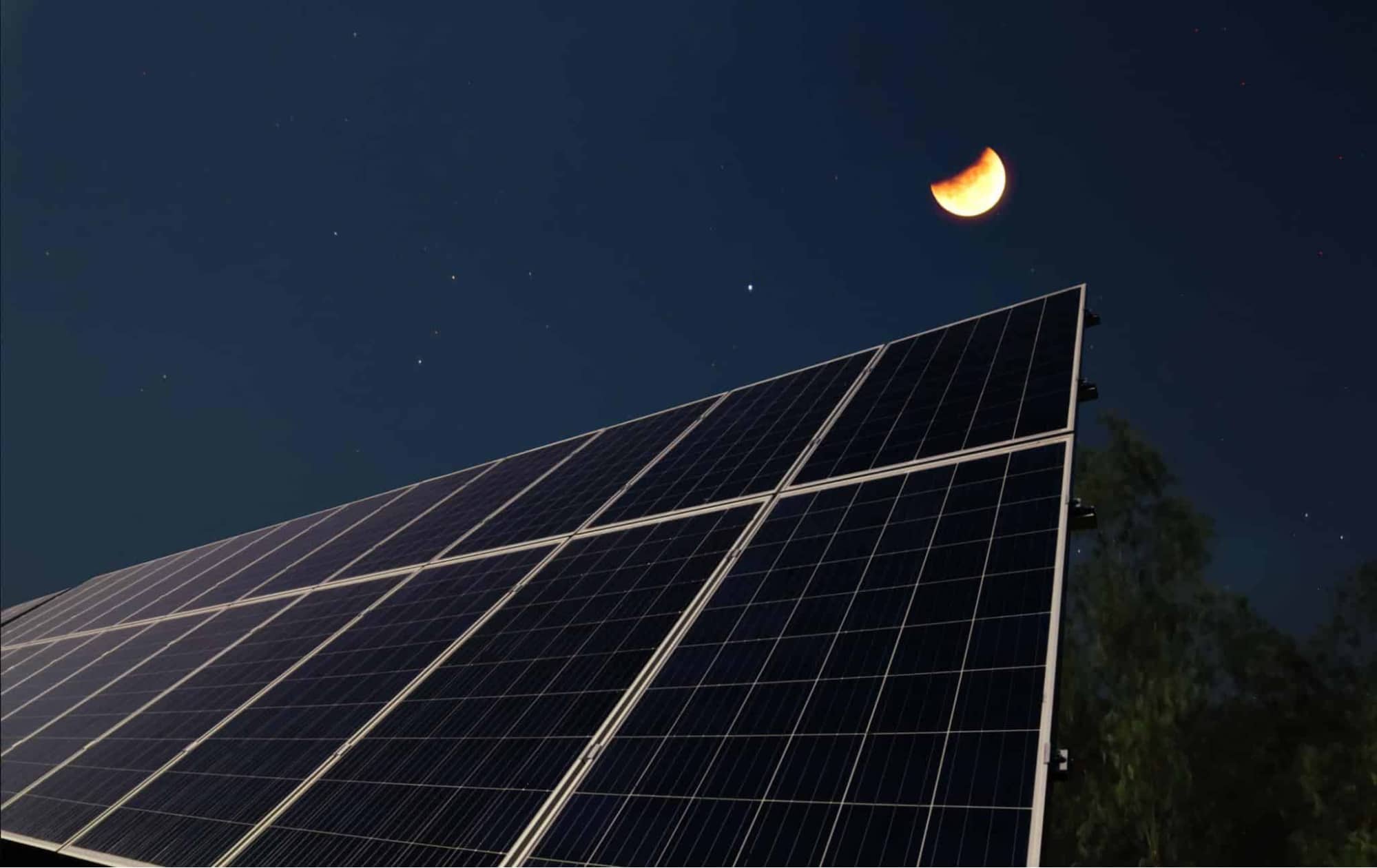Downtime
The downtime, when referring to a photovoltaic (PV) system, is the period the system is not producing electricity and feeding it to the use or export system. Although there can be a range of causes for an operational upset (e.g., equipment failures, inverter malfunctions, or damaged panels, needed scheduled maintenance, grid outages for grid-tied installations that lack an inverter backup battery, or external reasons such as extreme weather events or accidental damage), the given operational upset led to a loss of on-grid production generation altogether. Every instance of downtime is equivalent to a lost measure of energy production, and as a result, a decrease in savings on the electricity bill for the owner of the system and, if relevant to speak about, a decrease of revenue from the feed-in tariffs or net-metering. It is therefore important for the owners and operators of the solar system to minimize downtime. This is made possible through quality design and installation of system, dependable components, preventive maintenance at regular intervals and strong PV monitoring setup that can fast identify and diagnose potential issues and take corrective measures within no time to bring the system back at 100 percent capacity.

Solar Panels are not able to produce electricity when the sun is not out (nighttime or bad weather).
Image Citation: https://www.solarnegotiators.com/blog/do-solar-panels-work-at-night/

